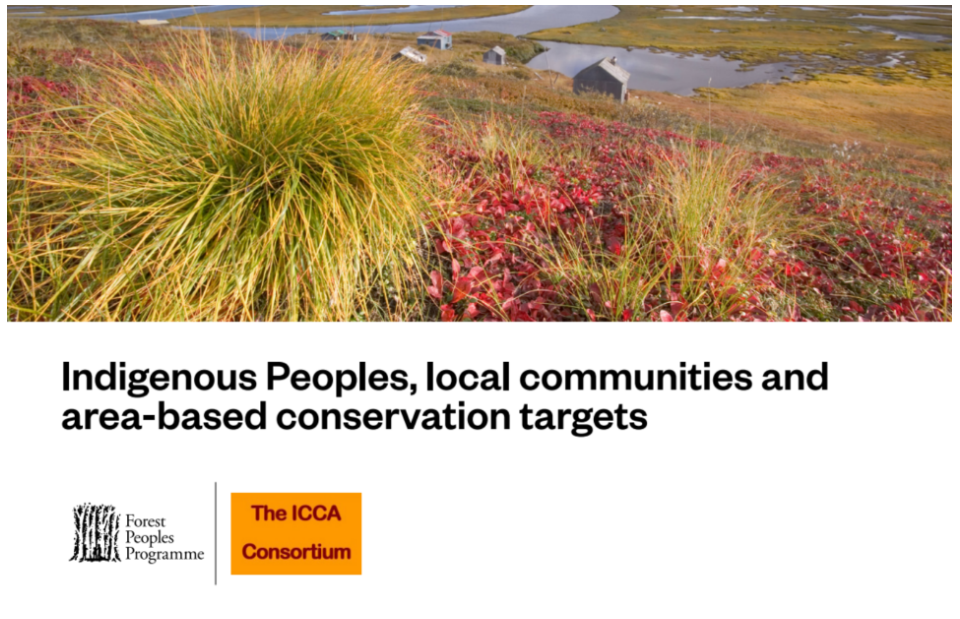A briefing for the post-2020 Global Biodiversity Framework
First published on 03/16/2022
This new briefing paper seeks to clarify the intersections among the post-2020 global biodiversity framework and the land and resource rights, collective governance, and self-determination of Indigenous Peoples and local communities, particularly in the context of proposed Target 3 about increasing at least 30% globally of protected areas and other effective area-based conservation measures.
Read the full briefing here (PDF File)
The term ‘other effective area-based measures’ is part of the proposed text for the global biodiversity framework in draft Target 3 but remains relatively unknown, despite recent attempts to define and systematize its use. The briefing will consider the use of this designation and explore its implications for Indigenous Peoples and local communities. It concludes with some considerations for how Target 3 could be improved from the perspective of securing and enhancing the rights and self-determination of Indigenous Peoples and communities with collective tenure and governance systems.
Summary
- Indigenous peoples and local communities play crucial roles as custodians of their lands, waters, and territories conserved and governed according to their values, criteria, and cosmovisions.
- Lands, waters, and territories that are customarily owned, occupied, or otherwise used by Indigenous Peoples or other communities with collective claims to resources should be recognized and supported through national policies and laws that protect these specific land and resource rights.
- Indigenous Peoples and local communities should have the opportunity to recognize their collective lands and territories on their terms and through their self-determined systems and institutions and should be given the necessary support (financial, technical, or other) where requested.
- Governments have a responsibility to engage in consultative processes, or where relevant, free, prior, and informed consent processes, with Indigenous Peoples and communities about what each form of recognition implies in terms of decision-making, management, and other responsibilities and what forms of support are available to them.
- ‘Other effective area-based conservation measures’ – known as OECMs – have only recently been defined, and their implications for Indigenous Peoples and local communities remain to be seen. Where requested, capacity support should be provided for comprehensive consultation processes and, where relevant, free, prior, and informed consent processes so that Indigenous Peoples and local communities can determine the potential benefits and constraints associated with identifying with the OECM definition.
- OECMs could have potential value to Indigenous Peoples and to local communities where this designation would advance or extend the recognition of rights to lands, waters, and territories or where such identification could ensure more support for existing rights or governance systems.
- OECMs could also pose potential challenges. The designation is likely to have limited utility where national jurisdictions continue to deny the rights of Indigenous Peoples and local communities and could create risks for further discrimination where governments or private actors identify OECMs in conflict with existing Indigenous governance systems and/or where states do not allow the identification of community/Indigenous conservation under national OECM policies.
Briefing: Indigenous Peoples, local communities, and area-based conservation targets (PDF file) 1.58 MB
Related content
Implementing a human rights-based approach to biodiversity conservation
